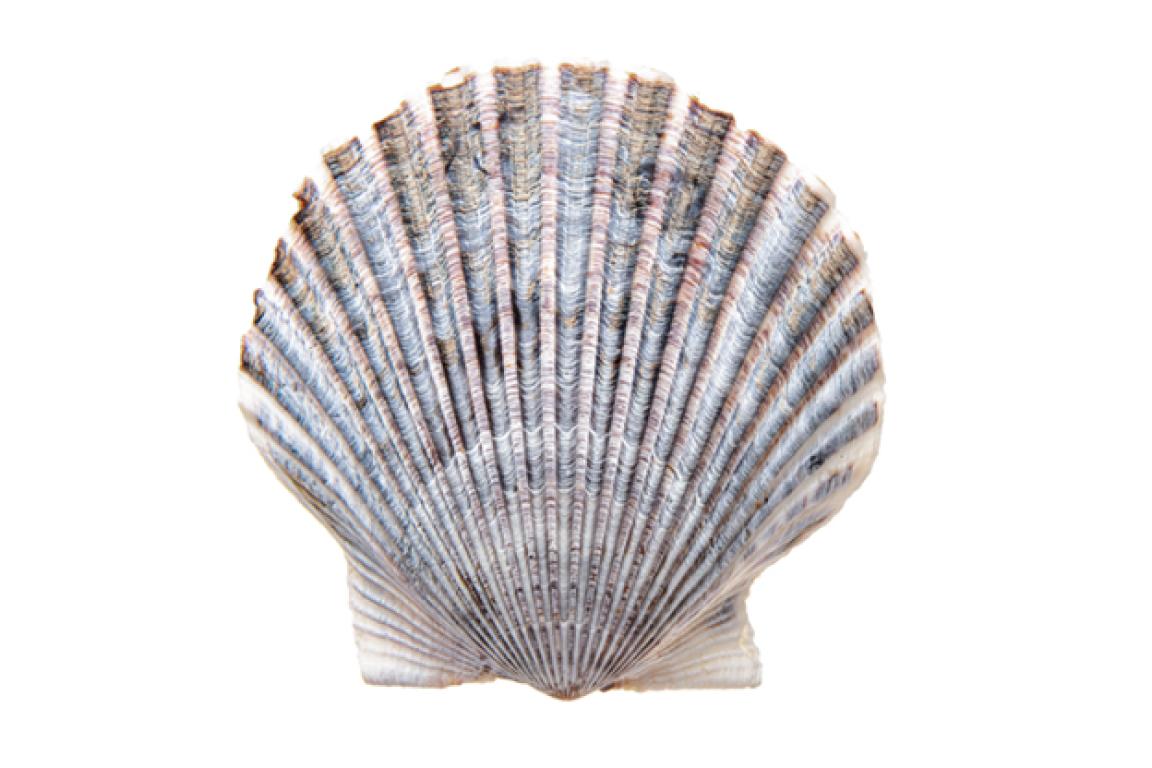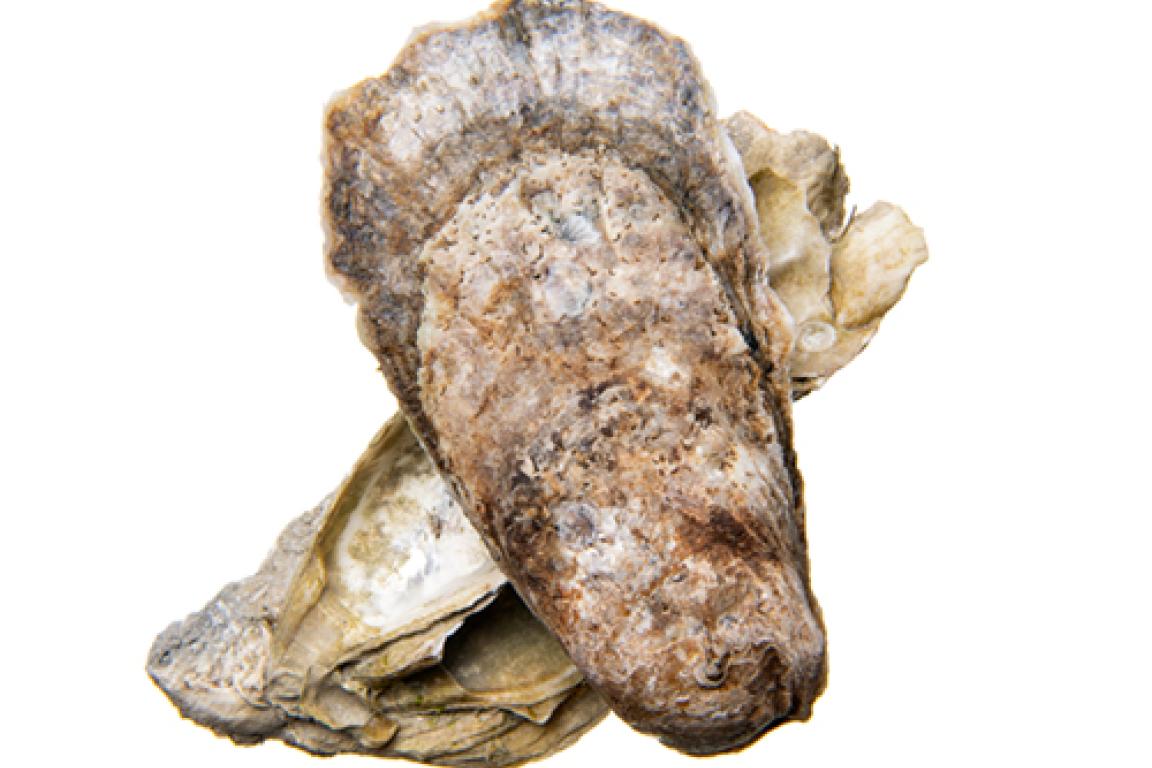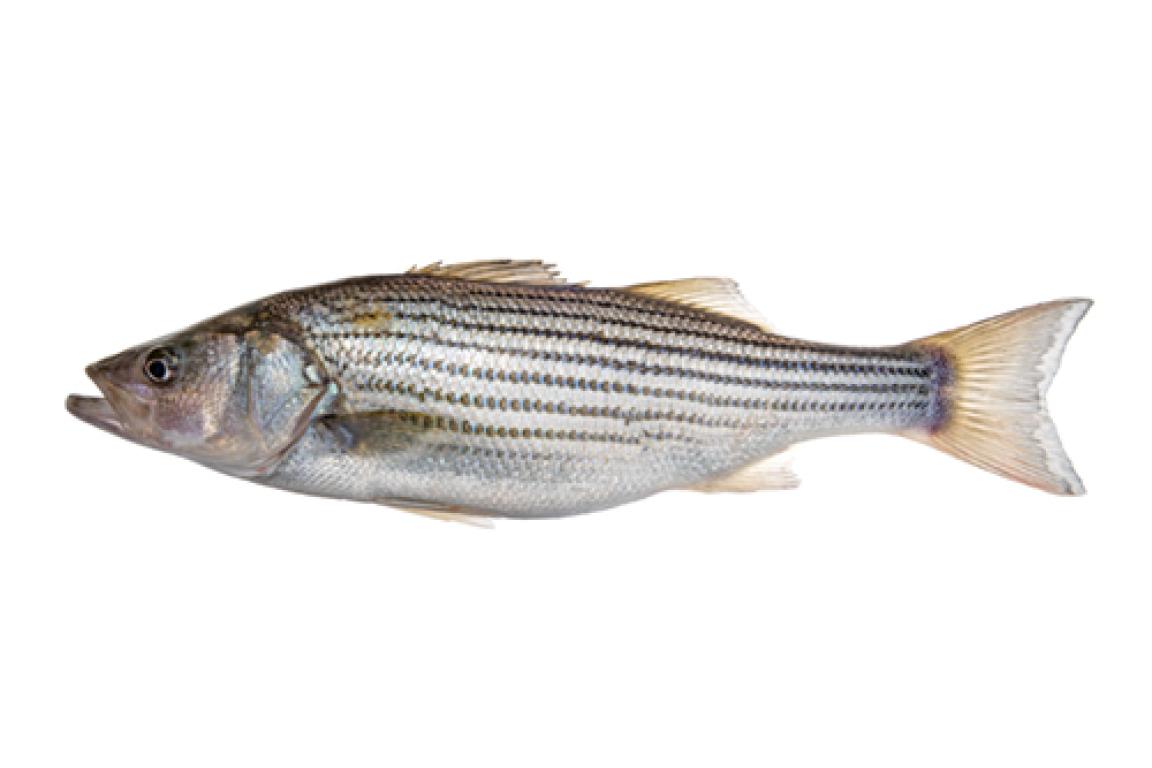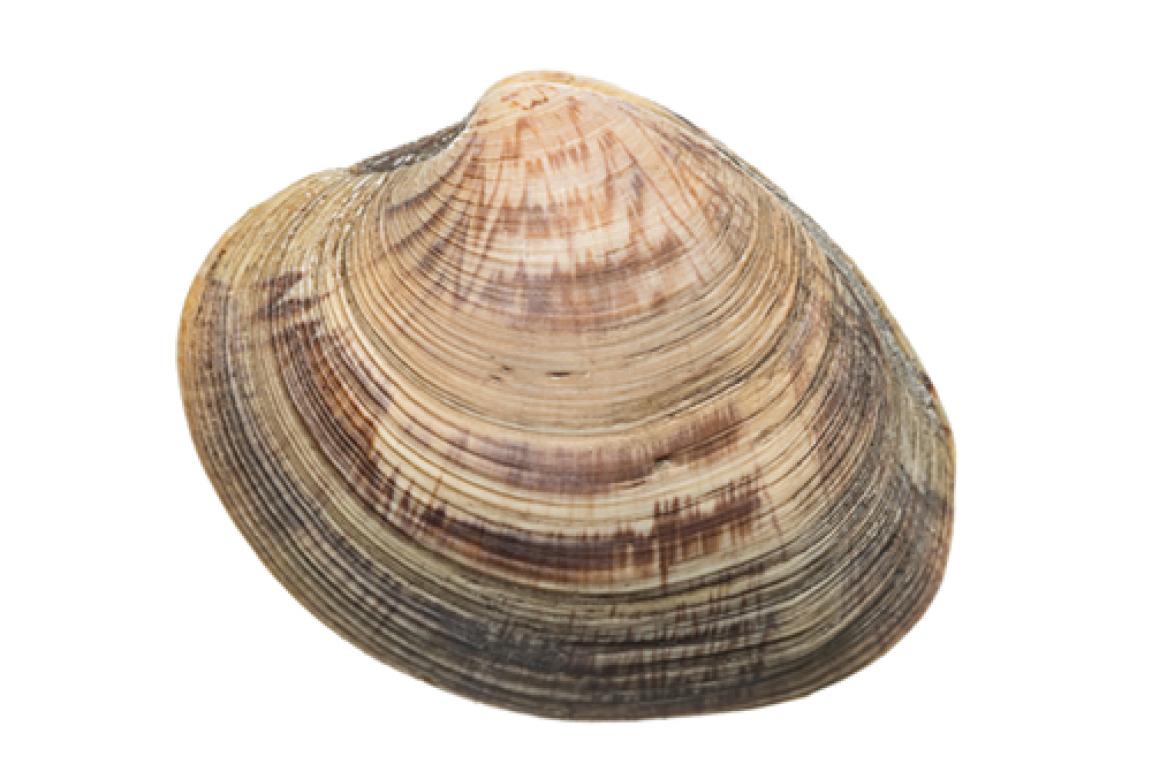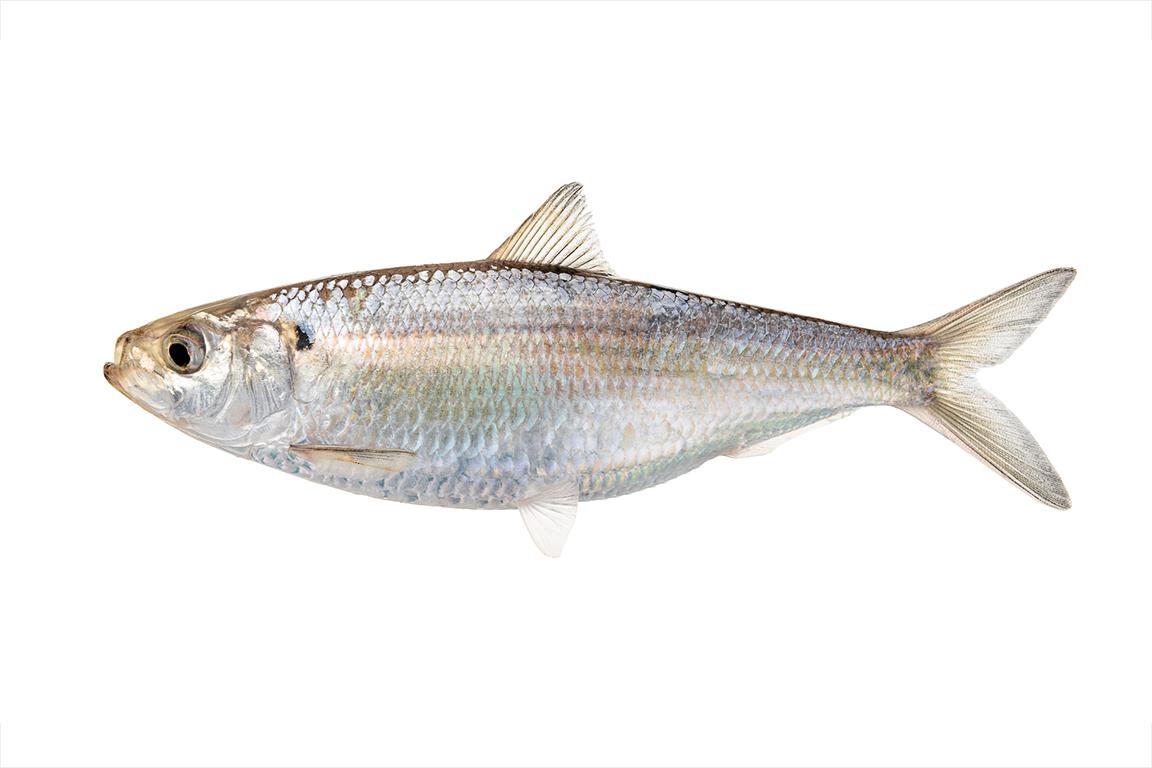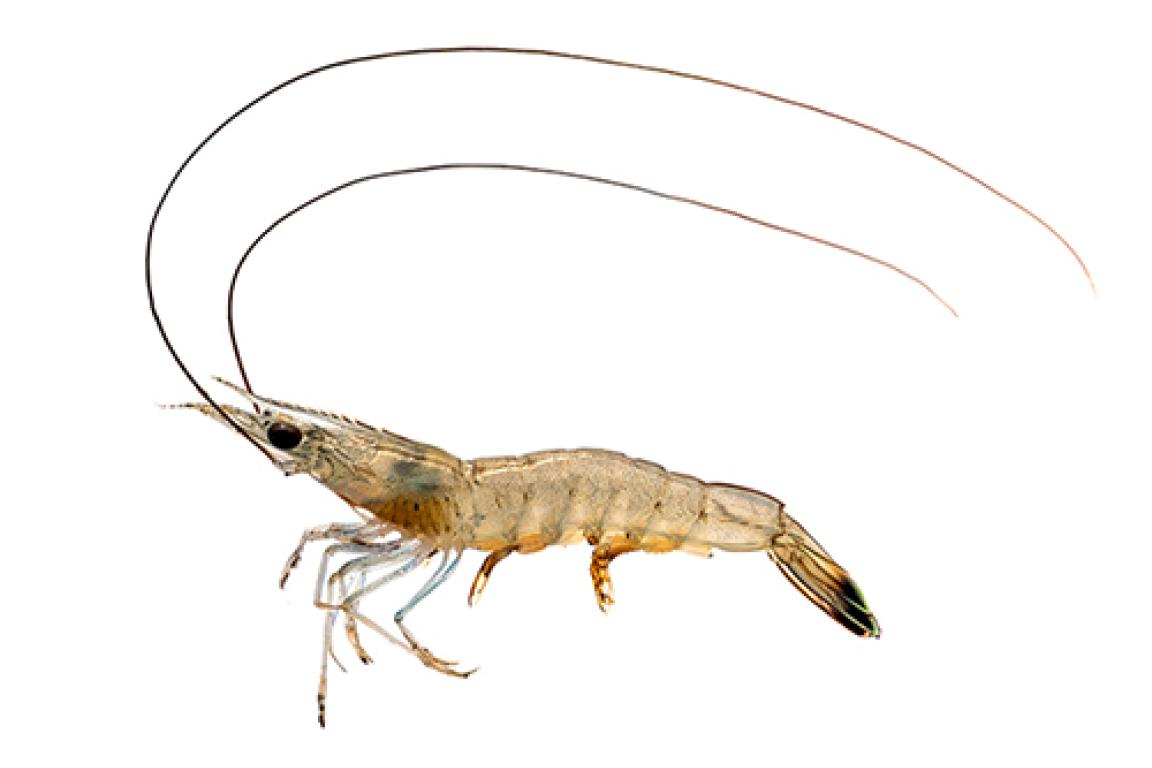Fishery Management Plans
The North Carolina Fisheries Reform Act of 1997 established a framework for managing marine and estuarine resources through science-based fishery management plans (FMP). The Division of Marine Fisheries currently oversees 13 FMPs for commercially and recreationally significant species and participates in 21 interjurisdictional plans for species that migrate across state lines or inhabit federal waters. The goal of these plans is to ensure the long-term viability of the fisheries.
Interjurisdictional Species
In addition to the above state Fishery Management Plans, there is also a N.C. Fishery Management Plan for Interjurisdictional Fisheries. This plan is comprised of 21 species or species groups jointly managed by regional councils, NOAA Fisheries, and the Atlantic States Marine Fisheries Commission. To reduce redundancy, federal plans for interjurisdictional fisheries are adopted by reference unless the N.C. Marine Fisheries Commission decides to implement more restrictive or complementary management measures. An information update to the plan was adopted by the Marine Fisheries Commission in May 2022.
Interjurisdictional FMP Information Update
(June 2022)
Interjurisdictional FMP Information Update
(Nov. 2015)
Interjurisdictional FMP Amendment
(June 2008)
Interjurisdictional Original FMP
(Sept. 2002)

See American Shad

